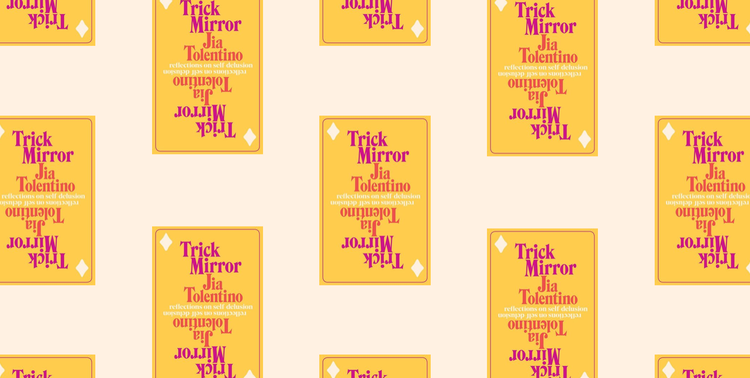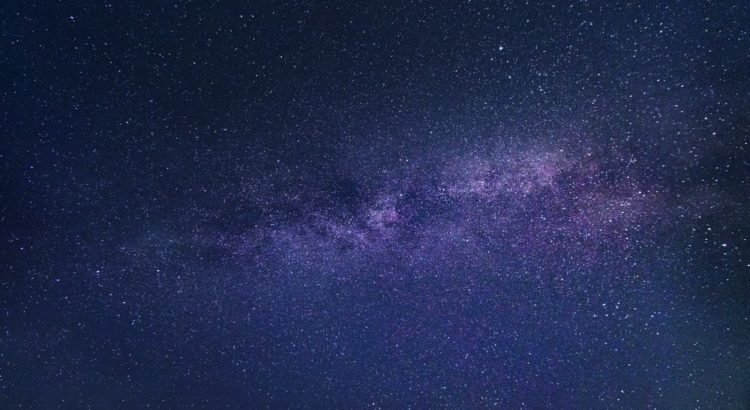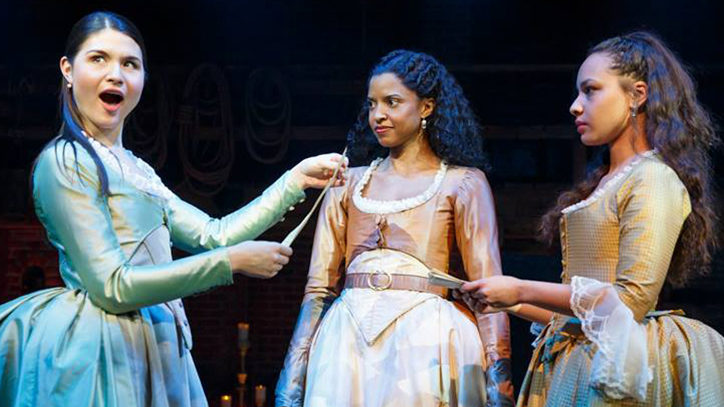A few days ago, I started reading a book that has been sitting on my “to-read” pile for months: “Trick Mirror” by Jia Tolentino, a collection of essays on self-delusion. Some of the essays are about the Internet, a lot of them are about feminism in the 21st century, and one examines Tolentino’s stint on a reality TV show.
So far, “The I in the Internet” has stuck with me the most. In this essay, Tolentino traces the Internet’s humble beginnings to its current form as a time-draining, soul-sucking monstrosity. She then explores how “likes” and “retweets” have taken the place of real-life activism. How a surprising parallel can be drawn between scrolling and “rat behavior” (staring at our phone is rarely rewarding, but we keep at it on the off-chance that it will next time). And finally, how the Internet forces us to always be performing. We always have to be “on” for everyone — our family, our friends, our coworkers, and strangers all at once. So much of this resonated with me. I couldn’t help but think of all of the times I’ve read a headline on Twitter, “liked” the tweet, and kept scrolling without ever taking the time to read the article or think more critically about the issue.
All of this has got me thinking about what’s working on the Internet (and what’s not) in today’s context. Gal Gadot and friends’ “Imagine” cover was practically booed off the Internet. Why? I think it’s because it’s easier to see through celebrities’ “retweet” activism and for their performances to feel fake. On the other hand, something that I’ve really enjoyed seeing are random livestreams on Instagram and Twitter from some of my favorite artists. They too are performing, but I think the difference is that they are explicit about the purpose of their performance. Gadot’s cover sounds like millionaires’ pity, a favorite musician’s livestream sounds like your favorite music.
Maybe what’s most comforting about the Internet right now though, is what Tolentino condemns as rat-like: scrolling. Tiger King and Fiona Apple’s Fetch the Bolt Cutters have made for fresh Internet fodder. The collective experience of quarantine has made for a daily new batch of memes, challenges, and viral videos. And honestly, it’s all pretty comforting. My immediate reaction to reading “The I in the Internet” was to get off of the Internet forever. By the next afternoon though, I had succumbed to the blue light. I have too much time on my hands not to give in to pleasant, mind-numbing distractions. Still, I think that it’s incredibly important to be critical of the Internet itself, as well as the content it produces, as people are glued to their screens now more than ever.







